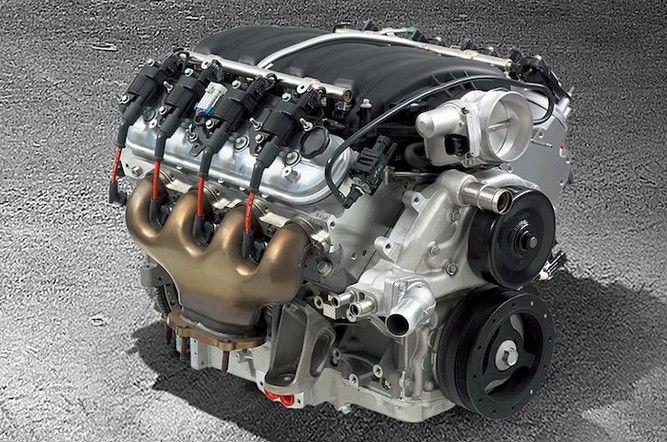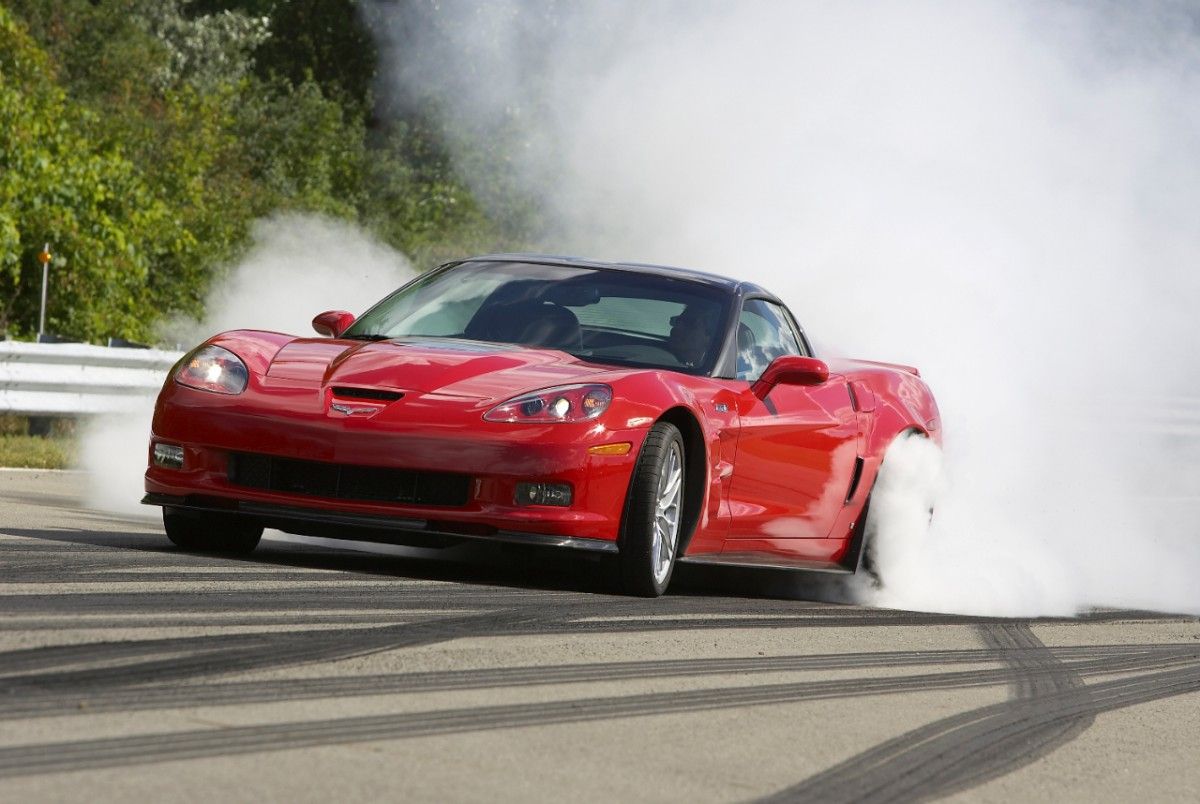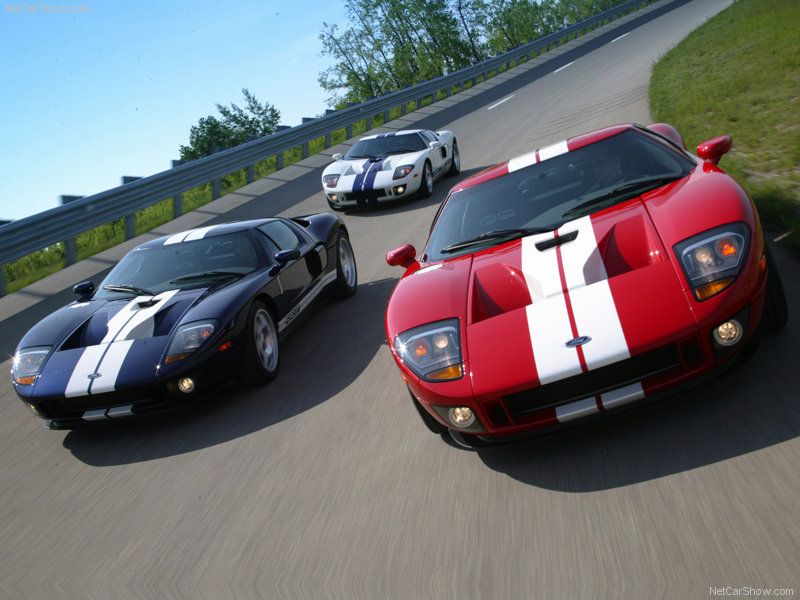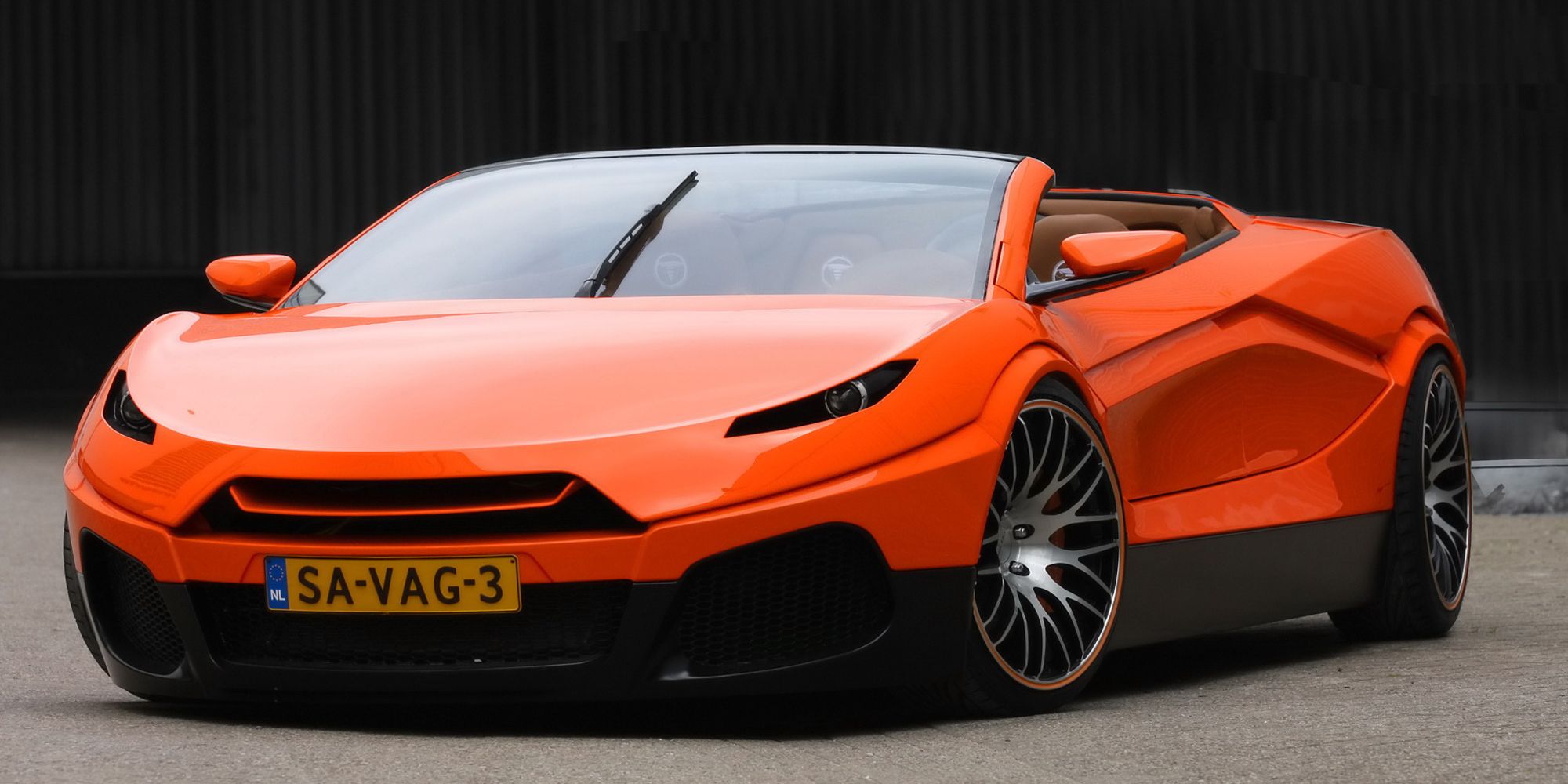The LS7 engine is a 7.0-liter naturally aspirated V8 engine which debuted in the Chevrolet Corvette Z06 in 2006. It made 505 hp at 6,300 rpm and 470 lb-ft of torque at 4,800 rpm. The sixth-generation Corvette was not the only car to use the LS7, as it had found its place in the fifth-generation Camaro Z/28 too, but also many small manufacturers used it due to its ease of installation, large availability and being tuning-friendly. Despite the engine being 16 years old at the time of writing this article, it was also sold as a crate engine and was only discontinued this year. Chevrolet is currently depleting its stock, so get yourself one while you can!
Where Was The LS7 Used
The LS7 offered an easy to work with engine with plenty of power on tap. It was available as a crate engine too, with the option to match a suitable transmission straight from the factory via the Connect & Cruise system. Many niche manufacturers use the LS7 engine on their models, including the Ultima RS, Falcon F7, Felino cB7, SIN R1 550, Exotic Rides W70, Spada Codatronca TSS, Mosler MT900 Super GT, Onuk Sazan S, Mazzanti Evantra V8. The younger audience might recognize these cars from Asphalt 8: Airborne, as that game is very notorious for adding many obscure cars because of their very low production numbers and, very likely, cheap licensing.
Chevrolet Performance: LS9 Against LS7
The LS9 is a natural upgrade over the LS7, and granted, is not that big if we don’t count the supercharger, but Chevrolet went with forced induction to offer more power in the low-end rpm range, thus having a broader power band. The LS7 has a slightly longer bore and stroke compared to the LS9 (4.125 × 4 inches compared to 4.065 × 3.622 inches), thus the increased displacement, but the LS9 has lighter, more resistant forged titanium connecting rods, with a lower valve lift thanks to its 2.3-liter Roots-type supercharger.
Both have cast-aluminum engine blocks and forged steel crankshafts. The LS9 gets a massive increase in power and torque over the LS7, from 505 hp to 638 hp and from 470 lb-ft of torque to 604 lb-ft, a lower compression ratio (9.1:1 over 11:1) but slightly lower redline. The LS9 also develops over 100 hp/liter, whereas the LS7 only achieved 72.
ZR1 Against The 2005 Ford GT And The Mercedes-Benz SLR McLaren
These three cars are all very different – one is a mid-engined supercar, the other is a front-engined sports car and the last one is a front-engined grand tourer with supercar-like performance, for the mid-00s – but they all have the supercharger in common.
The 2005 Ford GT was the eighth attempt from the Blue Oval to capitalize on the legendary GT40 and its success in endurance racing, especially for giving Enzo Ferrari a run for his money four times in a row at the 24 Hours of Le Mans in the mid to late ’60s. The supercar retained the overall shape of the original, the height was almost the same, it was a prime example of a modernized classic done right.
The SLR was a spiritual successor, rather than something more of a recreation like the GT was, to the 300 SLR. Only two prototypes made by Rudolf Uhlenhaut exist and one of them recently broke the all-time record for a car sold at an auction, almost doubling the previous record of the Ferrari 250 GTO, chassis number 4153 GT, with $140 million over Ferrari’s $70 million.
That 300 SLR recently left the Mercedes-Benz Museum to go to its new private owner. The SLR McLaren incorporated F1 technology from the McLaren-Mercedes race cars, like the use of carbon fiber reinforced plastics to add a lot of rigidity to the car while keeping weight relatively low. Relatively because it still weighed 3,898 lb in its basic trim. Part of the collaboration between the German and British brands was that the car would get assembled at the McLaren Technology Center in Woking, UK. Mercedes was still responsible for the design, and hence the car bearing their badge, but McLaren did everything else.
The C6 ZR1 has the largest displacement with its 6.2-liter engine and the most power, but not by much, as the German grand tourer has 626 hp. The SLR McLaren is the most power-dense, getting 115 hp/liter over the 104 of the ZR1 and the 102 of the GT, but the weight is its greatest downside, as it is around 500 lbs heavier than its American rivals. Speed-wise, all three can get to 205 mph, and in terms of price, the ZR1 is by far the most affordable since it is the most common model too. Both the GT and SLR reach easily $450,000 in auctions, while the ZR1 gets to around a quarter of that, at most. Basically, the ZR1 gets you the most bang for your buck.
Where Was The LS9 Used
The LS9 had its fair share of usage outside Chevrolet models too. An HSV GTSR W1 from Australia received a modified LS9 in 2017, but also cars like the Equus Bass 770, the Dutch Savage Rivale Roadyacht GTS, the SIN R1 650 and some mid-tier Ultima RS models used the 6.2-liter supercharged engine. Apart from HSV, all the other brands that used LS9s in their cars are small, niche manufacturers that might not have enough resources to built an engine in-house, and since the LS and LT series of engines have always been popular alternatives for builds, that’s one problem solved for them.
Sources: Chevrolet Performance Parts, Mercedes-Benz, Ultimate Car Page



